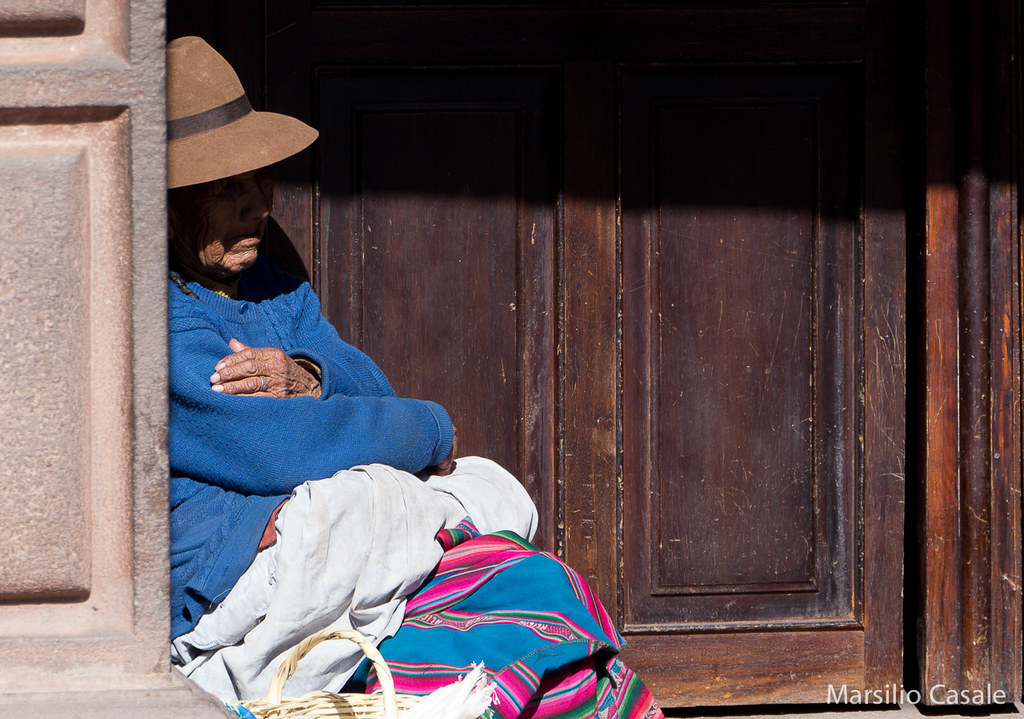This article will explore to what extent international cooperation can increase healthcare access to rural communities in Peru.
Peru Healthcare System
While there are both private and public healthcare options in Peru, the government has focused on expanding universal coverage in recent years. As a result, medical professionals and medical resources are overextended, meaning that the current Peru healthcare system is unable to adequately provide for the needs of patients. In fact, of the current doctors in Peru, “…30% reported plans of migrating to another country to pursue better professional and financial opportunities.”[1] Further, Peru has only one pediatric hospital located in Lima, despite the country boasting a population of about 31 million people.[2] Basic medical resources are also in low stock throughout Peru, with the ratio of hospital beds per 10,000 people being only 16. For context, “in the United States there are 29 hospital beds per 10,000 people. In “Japan, there are as many as 130 hospital beds per 10,000 people.”[3] Unfortunately, “28% of Peruvians that live in … rural areas, including the Andean and Amazonian regions, have even less access to healthcare professionals and the medical resources that they need.”[4]
Poverty and Transportation Issues in Peru
Unfortunately, poverty in Peru has been increasing in recent years with the 2022 poverty rate 3 percentage points above that of 2019 and almost “700,000 formally middle-class Peruvians were at risk of poverty and another 700,000 slipped from a vulnerable situation to poverty.”[5] Currently, only one-quarter of the health facilities in Indigenous Amazonian villages in Peru have means of transportation for medical care.[6] Although there are private transportation options, it is increasingly expensive and patients often cannot afford these costs.
International Cooperation
While rural access to healthcare resources in Peru may seem bleak, international agreements regarding the shared use of health facilities in border areas could assist in providing care to rural communities not only in Peru but also surrounding countries, such as Colombia and Brazil.[7] Modern “[g]lobalization has contributed to the rapid decline in the practical capacity of sovereign states to address public health challenges through unilateral national action alone and expanded the need for health governance structures that transcend traditional and increasingly inadequate national approaches.”[8] As a result of globalization, international treaty law can be used as a tool by states to facilitate multilateral cooperation. This is essential for the future of international health policy as states begin to realize that to achieve domestic health goals, international cooperation is critical to support the state in areas in which domestic capability is insufficient.[9] Peru, Colombia and Venezuela all have shared borders. Each country has independent healthcare systems, and each one needs additional support to obtain more doctors, funding, hospital resources, and transportation for patients. Alone, these three countries face a challenging future of attempting to provide medical care to their citizens. Together, through the implementation of an international agreement, these countries can help each other revolutionize their healthcare industries.
Colombia has an established history of providing Venezuelan refugees with access to Columbian healthcare resources. This means that the Columbian healthcare system is already organized to provide for migrants from other countries such as Brazil and Peru.[10] However, the Colombian healthcare system is very strained as a result, and the UN estimates 7.7 million people in Colombia alone will require humanitarian assistance during 2023.[11] Brazil boasts a less strained healthcare system than Colombia, but currently has no track record of providing consistent relief to a large quantity of foreign patients. However, the Sistema Único de Saúde (SUS), Brazil’s national health system that provides universal health coverage, offers free healthcare services to undocumented individuals.[12] Unfortunately, Brazil has the lowest proportion of public spending on healthcare in Latin America and the Caribbean.[13] As a result, the current healthcare system faces a shortage of doctors and lacks sufficient access to technology.[14]
If Peru, Colombia, and Brazil agreed to an international treaty agreeing to combine resources, and best practices, to simultaneously support all three healthcare systems, they will increase the likelihood of patients in all three countries being able to receive affordable and accessible healthcare. With the shared use of each country’s healthcare facilities, there will be not only more resources for doctors to use to meet patient’s needs, but these resources will be more readily available. With these increased resources, more doctors will stay in each country instead of feeling forced to seek employment in other countries with higher capacity medical supplies. This will save time and money on treatment options, increasing the amount of medical care available to communities in rural Peru, as well as those in Colombia and Brazil. With the increased healthcare statistics which will come from this agreement, as well as the validation that these three countries can work together in such a capacity, not only will each country be more able to increase their own GDP spending on their healthcare infrastructures, but NGOs and other international entities would be more likely to invest their resources. Such funding could go towards the installation of more robust and long-term public transportation along the countries’ shared borders. This would provide rural citizens in each country with access to healthcare opportunities in any of the three countries. An international treaty amongst these three countries, if executed correctly, has the potential to alleviate the issue of lack of access for rural communities in Peru, addressing the needs of people living in Colombia and Brazil, and assuaging the strain on resources currently experienced within each countries healthcare systems. An international treaty between Brazil, Colombia, and Peru could therefore drastically increase the quality of life in each country by expanding the healthcare options available to those previously unable to obtain even basic medical care and uniting the three countries in their pursuit to provide more comprehensive medical care.
[1] Hart, Spencer, Lack of Access to Quality Healthcare in Peru, Ballard Brief, Lack of Access to Quality Healthcare in Peru – Ballard Brief (byu.edu) (2021).
[2] Id.
[3] Id.
[4] Long, Jennifer, 6 Facts about Peru’s Healthcare System, The Borgen Project, 6 Facts About Peru’s Healthcare System – The Borgen Project (2020).
[5] The World Bank in Peru, The World Bank, Peru Overview: Development news, research, data | World Bank.(last visited Sept. 7, 2023).
[6] Akram Hernandez-Vasquez, et. al., Indigenous communities of Peru: Level of accessibility to health facilities, 17 Journal of Taibah University Medical Sciences 810 (2022).
[7] Id.
[8] Taylor, Allyn, Global Health Law: International Law and Public Health Policy, PMC, Global Health Law: International Law and Public Health Policy – PMC (nih.gov) (2016).
[9] Id., citing Taylor A.L. Governing the globalization of public health.J. Law Med. Ethics. 2004; 32:500–508.
[10] Bojorquez-Chapela, Ietza, et. al., Health Policies for international migrants: A comparison between Mexico and Colombia, 1 Health Policy OPEN 1003 (2020).
[11] Colombia, USAID, Colombia | Humanitarian Assistance | U.S. Agency for International Development (usaid.gov) (last visited Sept. 7, 2023).
[12] Brazil Summary, Columbia University Irving Medical Center, BRAZIL | Summary | Columbia University Mailman School of Public Health (last visited Sept. 9, 2023).
[13] Shah, Shveta, 8 Facts about Healthcare in Brazil, The Borgen Project, 8 Facts about Healthcare in Brazil – The Borgen Project (2020).
[14] Id.


